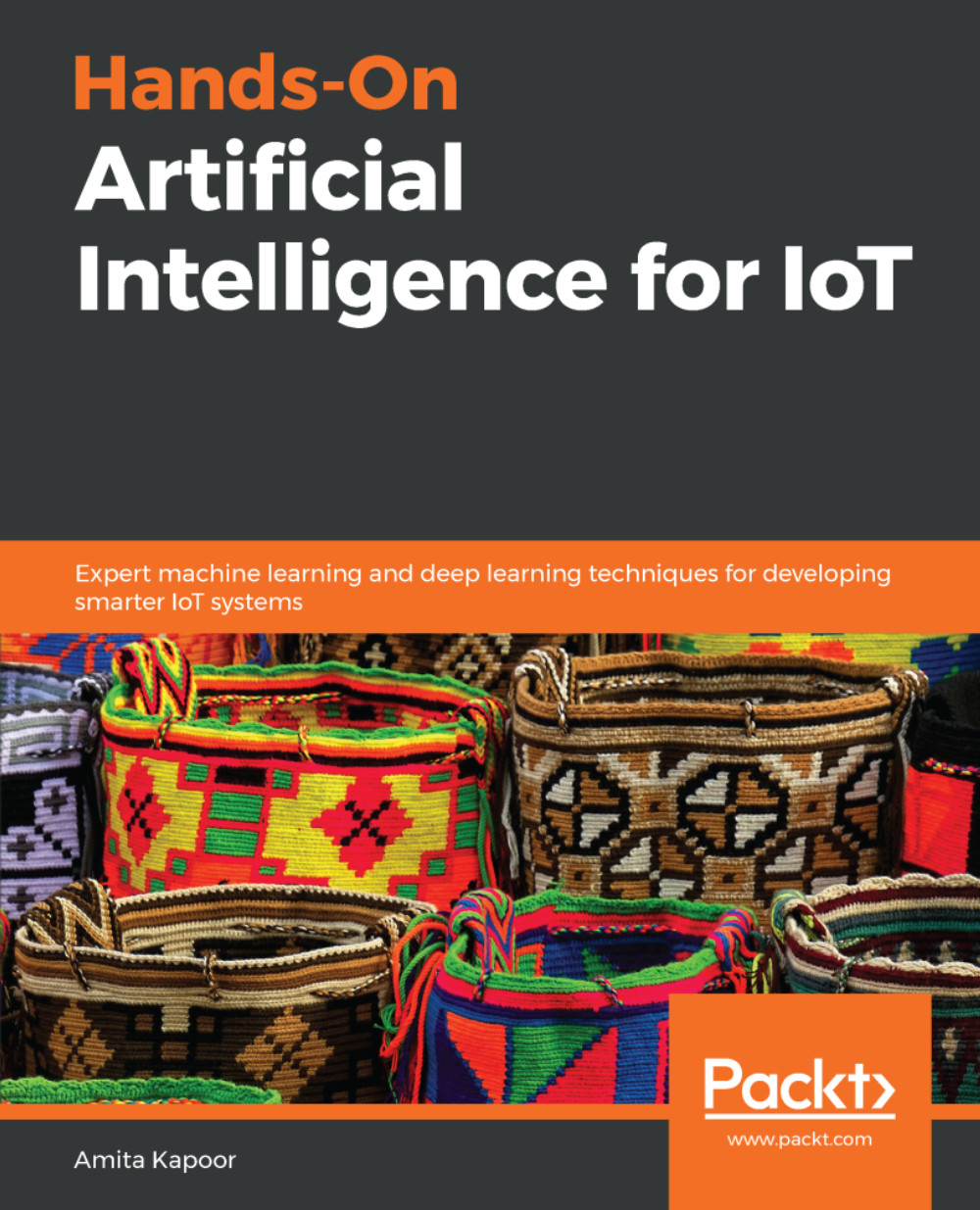Congratulations on purchasing this book; it suggests that you're keenly interested in keeping yourself updated with the recent advancements in technology. This book deals with the three big trends in the current business scenario, Internet of Things (IoT), big data, and Artificial Intelligence (AI). The exponential growth of the number of devices connected to the internet, and the exponential volume of data created by them, necessitate the use of the analytical and predictive techniques of AI and deep learning (DL). This book specifically targets the third component, the various analytical and predictive methods or models available in the field of AI for the big data generated by IoT.
This chapter will briefly introduce you to these three trends and will expand on how they're interdependent. The data generated by IoT devices is uploaded to the cloud, hence you'll also be introduced to the various IoT cloud platforms and the data services they offer.
This chapter will cover the following points:
- Knowing what's a thing is in IoT, what devices constitute things, what the different IoT platforms are, and what an IoT vertical is
- Knowing what big data is and understanding how the amount of data generated by IoT lies in the range of big data
- Understanding how and why AI can be useful for making sense of the voluminous data generated by IoT
- With the help of an illustration, understanding how IoT, big data, and AI together can help us shape a better world
- Learning about some of the tools needed to perform analysis


